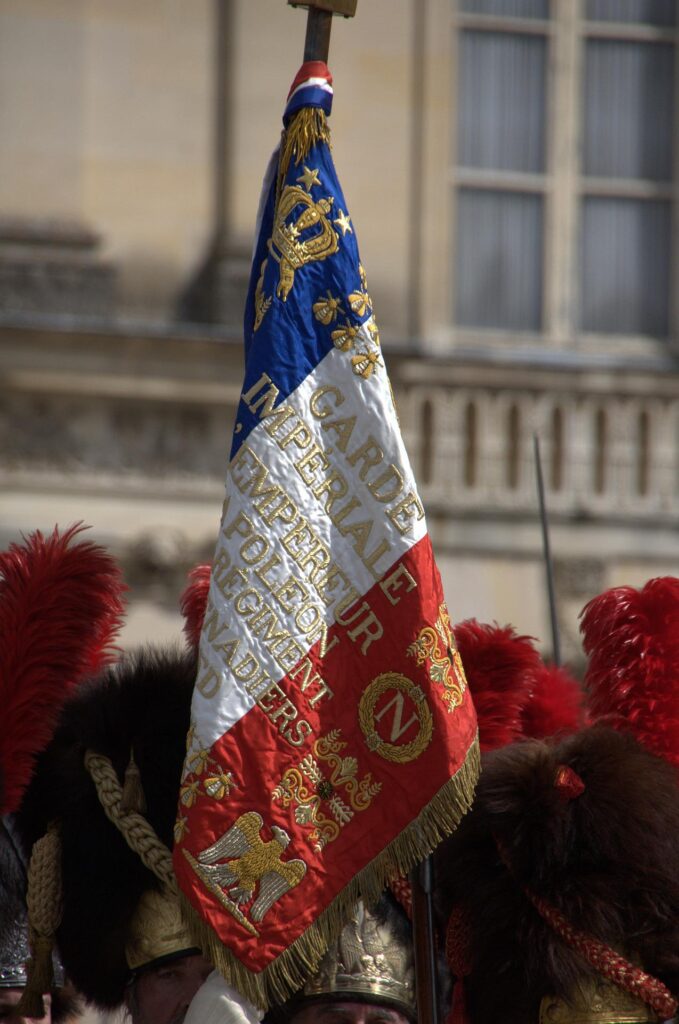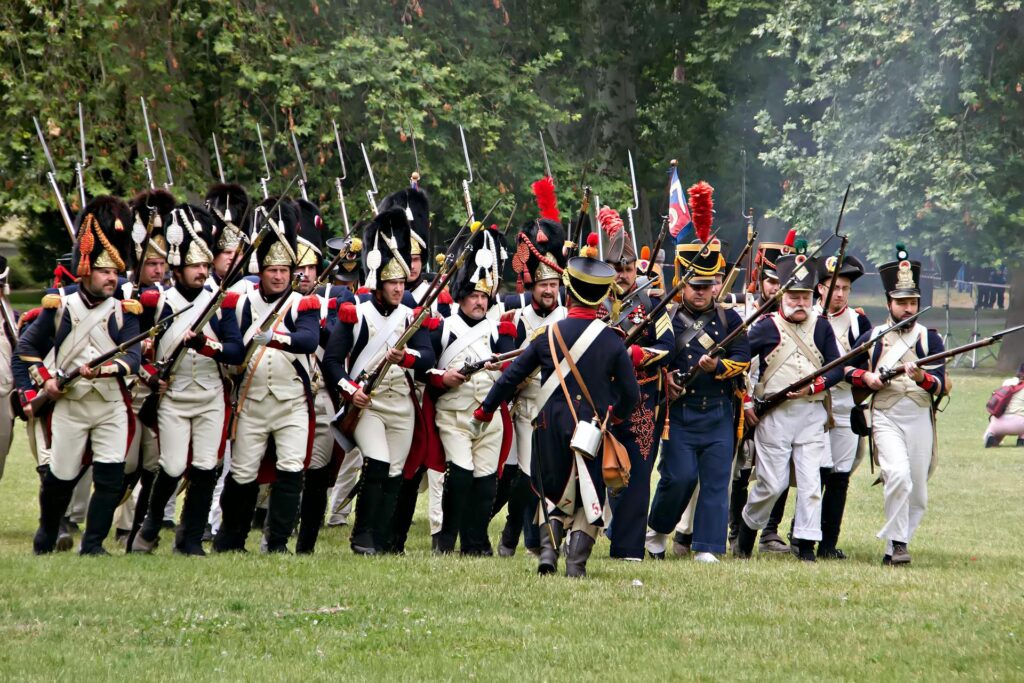In my first article, I put the French Old Guard on the list of Elite Military Units of all time. The old guard played a vital role during the Napoleonic War era and considered to be an important component. This unit is very unique in its way, particularly its sharp uniform, appearance, and usefulness on the battlefield.
French Old Guard and Who Are They?

So, who are these people? Warhistoryonline.com mentioned that this guard was the most famous and vital core of the Grandee Armee. Besides being the elite fighting core of the French army, Napoleon held them close to his heart. Napoleon himself used their service to assert his ambition in managing the country and facing enemies on the battlefield.
This was the only unit in the French army under the direct command of Napoleon himself. Napoleon employed them as his bodyguards. In addition, The Old Guard was used as a tactical reserve on the battlefield. However, Napoleon was very considerate in sending this unit to face their opponent.
The unit expanded rapidly from time to time, originally the unit was made up of only infantry divisions. However, due to the needs of the emperor, different branches such as general staff, cavalry, and even artillery were created. Moreover, the guard itself divided again into 3 different groups based on their experience. These sections consist of the old, middle, and young guards.
This military unit was made up of Napoleon’s finest army throughout his career. To enlist in this unit, the soldiers need to have 10 years of service within the army. Requirement for height required to be a minimum of 182cm. Most individuals enlisted to be a guard are mostly battle-hardened individuals that has fought in more than 20 campaigns. They followed Napoleon from Italy, Egypt, and Europe.
French Old Guard received the best living quarters compared to the other units. The design of the uniform created to look intimidating on the battlefield. Most importantly, this unit received the best food ration and generous salaries than other units in the French army.
History of the French Old Guard
This unit can be traced back to 1799, at that time Napoleon was still the head of the consul. This unit was still known as Le Garde des Consuls and this was created based on the Roman Praetorian guard. Napoleon tried to recruit all the elite veterans that previously fought alongside him. Napoleon envisioned a unit that had similarities with the Roman Praetorian guards. His objective is to create a division not only used for ceremonial purposes but to fight alongside him.

According to militaryhistorynow, the unit saw its first action against the Austrian army in the famous battle of Marengo. During the battle, the French were very unfortunate and on the verge of defeat. To fill the gap that was left by the retreating French units, Napoleon sent his guard to the frontline.
Some eyewitnesses mentioned the Guard marched in a parade formation and they successfully held off the Austrian’s counter-attack. However, a sudden cavalry charge from the Austrians forced the Guard to retreat.
However, their sacrifice effectively changes the tide of the battle and creates opportunity. Other units rallied and launched a massive counter-attack against the Austrians that successfully forced them to withdraw from the battle.
In 1804, the consular guard changed its name to the imperial guard, this occurred right after Napoleon’s ascension to the throne. Their headquarters was also moved to Pentemont Abbey in Paris. In the following years, the Old Guard was involved in various notable battles including Ulm, Austerlitz, Eylau, Wagram, and Dresden. As expected, they managed to deliver victories on these major battlefields.
Did The Old Guard Surrender At Waterloo?
The battle of Waterloo recorded as the last battle for Napoleon and the Old Guard. Napoleon knew that the British-Prussian coalition outnumbered him on the battlefield. In the battle, Napoleon sent his old guard right to the center to face Wellington’s center line. While marching toward their enemy, the British artillery loaded with double shots and canisters opened fire toward the advancing guard.
The artillery shots cut down through the line of the Old Guard. Finally, Wellington dispatched his Foot Guard units to face the overwhelmed Old Guards. After a ferocious fight and for the first time in history, the Old Guard retreated without any order from their commanders.
Other French units witnessing this event shouted “The Guard is retreating!” and this event blew the morale of the remaining French forces in the battle. However, the Old Guard’s action did not stop, they attempted to rally and create a counter-attack.
However, this attempt failed since the enemies surrounded them from all different sides. Their commander Pierre Cambronne replied, “La Garde Meurt Mais Ne Se Rend Pas!” (“The Guard dies but does not surrender”). After Napoleon’s abdication, the surviving guards officially dissolved by the new government.
In 1840, Napoleon’s body returned to Paris. Some surviving veterans attend this ceremony while wearing their full uniform to “hail” their beloved emperor. Despite their defeat, the Old Guard shows boundless courage and loyalty toward Napoleon. Their past actions, especially in Waterloo, would make them one of the most well-known fighting units in history.

References:

One thought on “French Old Guard: The guard that never surrenders”